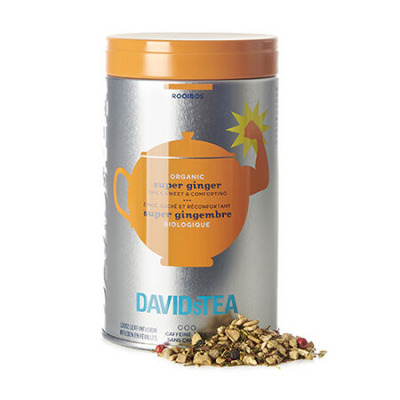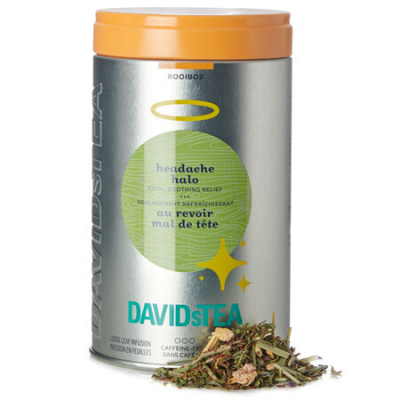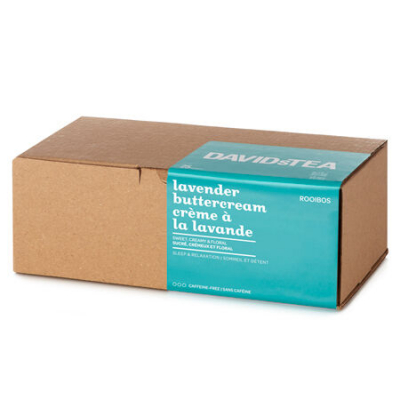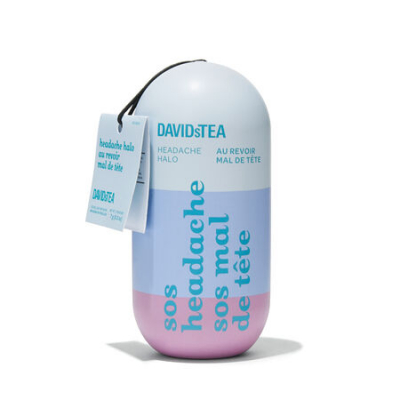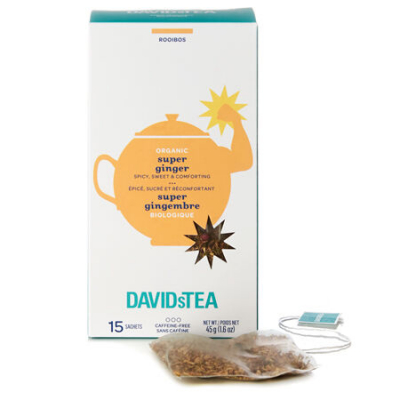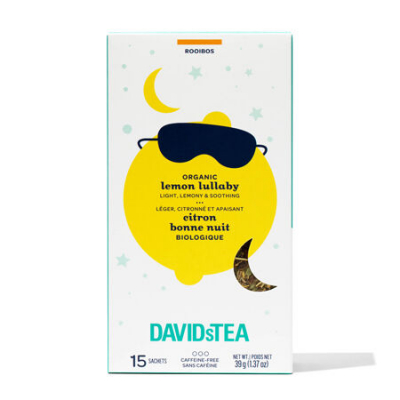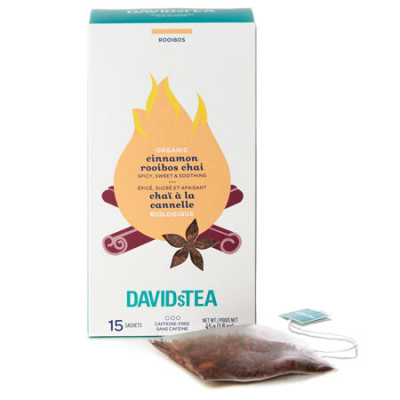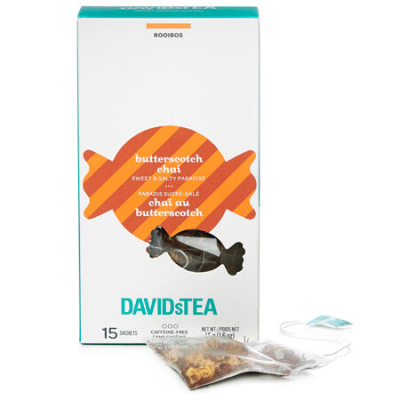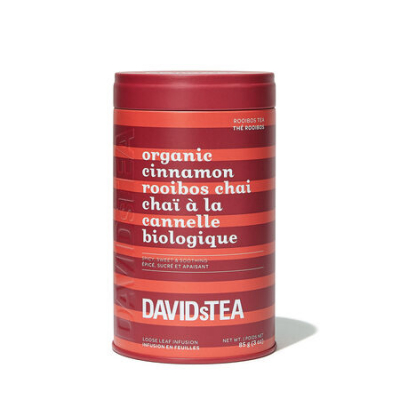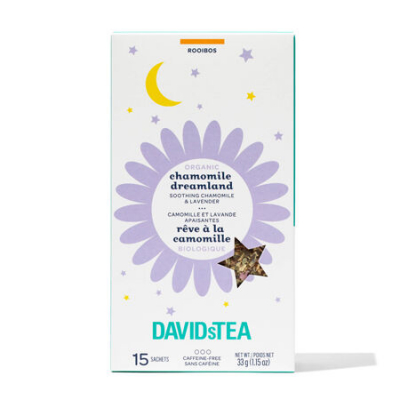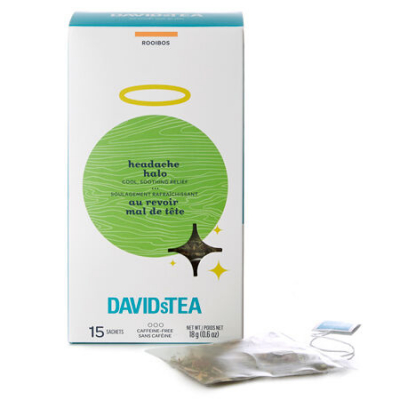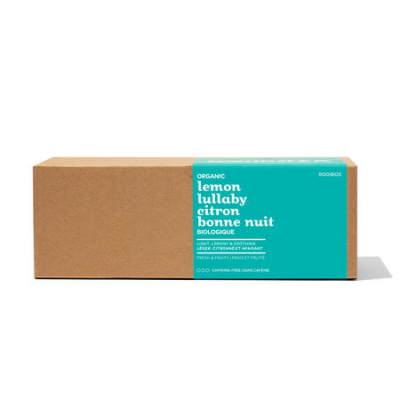Tea Type: Rooibos Tea
The Tea Lover’s Guide To Rooibos Tea
Rooibos tea, also known as Aspalathus linearis, is a broom-like plant belonging to the Fabaceae family. It grows in the fynbos biome of South Africa. Rooibos tea is mostly cultivated in the Cederberg. It is located in a little hilly region in the Western Cape province of South Africa's West Coast District. The leaves are oxidized during manufacture, producing their distinctive reddish-brown color and improved flavor.
Generations of people have enjoyed the tea in Southern Africa as it is well-loved for its tobacco- or yerba mate-like earthy flavor. Additionally, it is well known for its potential health advantages. These health advantages include antioxidants that are believed to guard against cancer, heart disease, and stroke.
The Benefits of Rooibos Tea?
The health claims surrounding rooibos tea vary widely. In general, rooibos tea has many benefits. This includes high levels of vitamin C and antioxidants, heart-healthy characteristics, anti-inflammatory properties, and more. Although many of these lack supporting data, these advantages include the following:
Rich in antioxidants that protect cells
Rooibos is well known for its high concentrations of antioxidants that promote health. This includes aspalathin and quercetin. These antioxidants could aid in preventing free radical damage to cells. Long-term consumption of rooibos tea may improve your body's antioxidant levels. It may also lower your risk of developing diseases like cancer and heart disease.
Protects the heart and the entire cardiovascular system
Additionally, rooibos tea helps improve heart health. According to Studies, rooibos may be beneficial for those who are at risk for cardiovascular disease. Thus, drinking rooibos tea is a quick and easy way to help your heart. Overall, the use of fermented, traditional rooibos tea can dramatically improve lipid profile and redox status in cardiovascular patients.
Enhances bone function and strength
Rooibos tea additionally encourages the body's bones to develop properly. Regular consumption has impacted the bones and musculoskeletal systems of many. Medical research has also demonstrated that rooibos tea enhances osteoblast activity at a low level. It also supports epidemiological data indicating that tea drinking may improve bone health.
Antidiabetic properties
Diabetes is a chronic condition brought on by insufficient insulin production by the pancreas. It is also inefficient in insulin utilization by the body. Rooibos tea can help control the condition despite the never-ending hunt for a permanent treatment.
A study conducted with lab mice with type 2 diabetes found that aspalathin balanced blood sugar levels and reduced insulin resistance. This could prove promising for people who have or are at risk of type 2 diabetes. In addition, Rooibos is the only tea containing the antioxidant aspalathin that possesses anti-diabetic effects.
Types of Rooibos Teas
There are two types of rooibos teas: red and green.
The red rooibos tea is the more prevalent of the two and is thought to be the most well-liked variety. It goes through a process akin to that of black tea. The needle-shaped leaves are gathered, cut, crushed, oxidized, and then dried in the sun. Thus, giving rooibos its distinctive reddish-brown color and malty flavor. When brewed, this tea has a deep red color and a delicious sweet and nutty flavor.
The green rooibos tea is processed in a manner more akin to that of green tea. There have been several efforts to make rooibos tea more nutritious and healthier. Green tea was the result of these attempts. Unfermented leaves are used to make green rooibos tea, which has twice as many antioxidants as ordinary rooibos tea.
Compared to its heartier relative, green rooibos tea has a lighter hue and a more delicate herbal flavor. Green rooibos tea is preferred thanks to its higher amount of minerals and antioxidants. Read more about the best types of rooibos teas.
What Does Rooibos Tea Taste Like
Rooibos has less of an astringent flavor due to the lack of tannins. Thus, making it perfect for almost all tea lovers.
With a natural sweetness and faintly nutty flavor, Rooibos tea is wonderfully delicate and smooth. You can smell the warm, woodsy notes rising from your cup or teapot when this red tea is steeped for a longer time. The darker the color and the more influential the malted nutty flavors are when you steep your tea bag for a longer time.
Rooibos Tea Tips and Preparation
Preparing rooibos tea is relatively easy. Start by using double quantities (around 2tsp per cup) and freshly drawn and boiled water. Then brew for at least 3 minutes to get the most flavor possible out of your cup. Rooibos tea tastes best on its own, but many people also enjoy it with a bit of honey or sugar and milk. It’s also wonderful as an iced tea or mixed in with fruit juices.
Rooibos Tea vs Matcha Tea
There are some differences between the two types of tea. Even though they both come from natural tea plants that have been propagated for consumption.
Matcha is made from powdered Tencha leaves. It is also made from green tea leaves from a plant that has been grown in the shade for about three weeks before being harvested. Due to its L-theanine content, the tea's natural caffeine can gently release into the bloodstream. This will provide the drinker with a calm feeling and relaxed energy.
For people who have sleeplessness or are sensitive to caffeine, Rooibos tea is ideal. Additionally, red (Rooibos) tea is typically more affordable than green tea. Read the full article does rooibos tea have caffeine?
Check All Other Tea Types

